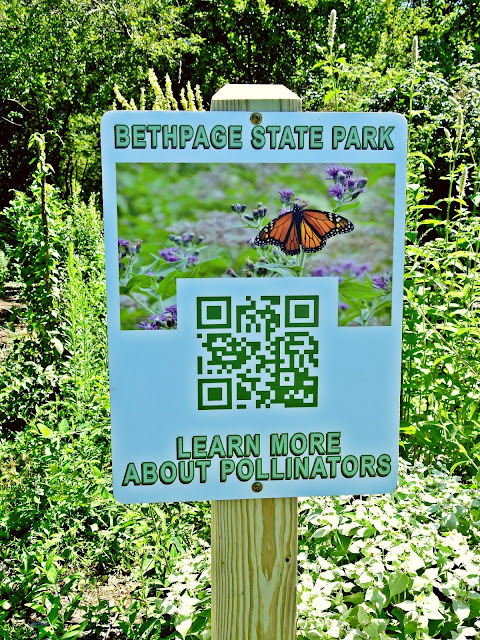Girl Scouts and Golf Courses Come Together for Bats
- First off, bats are the only mammal with true flight. Other mammals, such as the flying squirrel might come to mind, but are only gliders not true fliers. Bats have specialized anatomic features to allow for flying; flexible wings and agile joints help them move their bodies like a webbed hand. Its almost as if these creatures row through the air the same way we use our hands to swim in water.This makes them even more acrobatic in the air then birds.
- In terms of their importance, bats are phenomenal bioindicators, meaning their presence signals the healthiest of ecosystems. How? Well if you have bats living in your area it means their prey of mostly insects is in high quantity and quality. If you don't have bats it might indicate your area is using harmful pesticides and possibly overusing them.
- This comes to another ecosystem service bats provide: they are considered a natural pest control: eating up to 1000 mosquitos an hour! Imagine that.
- In hotter climates bats are not just insectivores, but also take on herbivore and nectarivore roles. This means that while visiting plants to eat fruits and nectar they also promote pollination and seed dispersal. Without the help of bats, agave and cocoa wouldn't be possible and we would live in a world without tequila or chocolate production.
 | ||
| A singular bat roosting on a branch at Bethpage State Park (April 2022). |
With all this in mind, you might be wondering... what does Bethpage State Park do to appreciate and promote bats locally? Well, this year we had one of our most talented Girl Scouts Kayla dedicate her time and talent to building artificial homes for our resident roosting bats!
After learning about bat habitat, she creatively constructed two impressive bat homes from scratch! Wood was used to create three chamber boxes with enough room and crevices for bats be able to grip and hang inside as a colony. She also painted the homes a dark color to ensure it would absorb sunlight and keep bats warm. We met during the process to discuss ideal locations to install the homes. We concluded that Kayla's boxes would be best on our Red and Green Course. The first location was chosen near our "Red Eye" pollinator garden, a place with plenty of access to insects for foraging bats. The second location was a few feet away from our #15 Green Course Pond. Water habitats provide sustenance to bats that skim along the surface for fresh drinking water and aquatic insects.
As we know from our study conducted by bat researcher Dr. Thomas Gordon a few years back, we have 9 different bat species inhabiting our park. Most recently, we have had a few Eastern Red Bat sightings. One even needing to be rescued and brought to a rehab. Despite being nocturnal, we know bats are here and need our help and protection. We are so indebted to Kayla for her special environmental contribution and concern for bats. In addition to the homes she built, she also designed signage to educate our golf patrons about these critical creatures and how our golf courses support them with a healthy home.
It is our hope that these homes will promote a greater presence of bats at our park but also love and appreciation for the benefits these animals bring us! A huge thank you to Kayla for this wonderful project, executed with creativity as well as attention to detail. We appreciate Melissa (the Troop Mom), as well, for making this project possible. Last but not least, a thank you to the bats on our golf courses! We hope they continue to thrive in our ecosystem and add wonder to those who look up to them!
Happy Bat Week!
Post writing by Yael Weiss.
.jpg)
.jpg)





Comments
Post a Comment